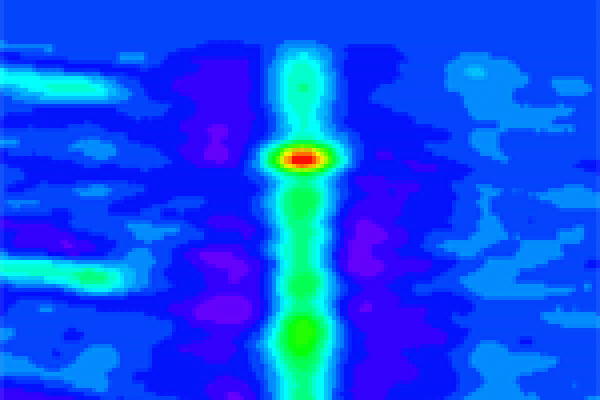
The ANtarctic Impulsive Transient Antenna (ANITA) experiment, a balloon-borne suite of horn antennas, is designed to detect radio frequency (RF) signals from the interaction of neutrinos with nucleons in the Antarctic ice sheet. Subsequent to the the ANITA II 2008-2009 flight, no neutrino events were discovered, but analysis did show the detection of cosmic ray air shower events. The majority of these events were detected as reflections from the ice surface. Reconstructing these reflected events requires analysis and modeling of the reflection properties of the air-ice interface. Using data obtained during the ANITA II 2008-2009 flight, the direct and reflected solar signals are employed to estimate the the power reflection coefficients as a function of incident elevation angle. The initial results of this analysis are discussed along with issues arising from the interferometric techniques. Current progress toward implementing a different interferometric technique, triple correlation, is presented as a method to potentially improve the analysis.
